The festival takes place at the end of the year after the harvest is completed. It is a time for family reunions, paying respect to ancestors, and fostering communal bonds within the village.
Known as Khù Sự Chà, the festival is held on three days in December. Typically, the Hà Nhì people choose the first Dragon Day in the lunar calendar of December to begin their new year festival.
According to their beliefs, Dragon days symbolise luck, prosperity, and abundance.
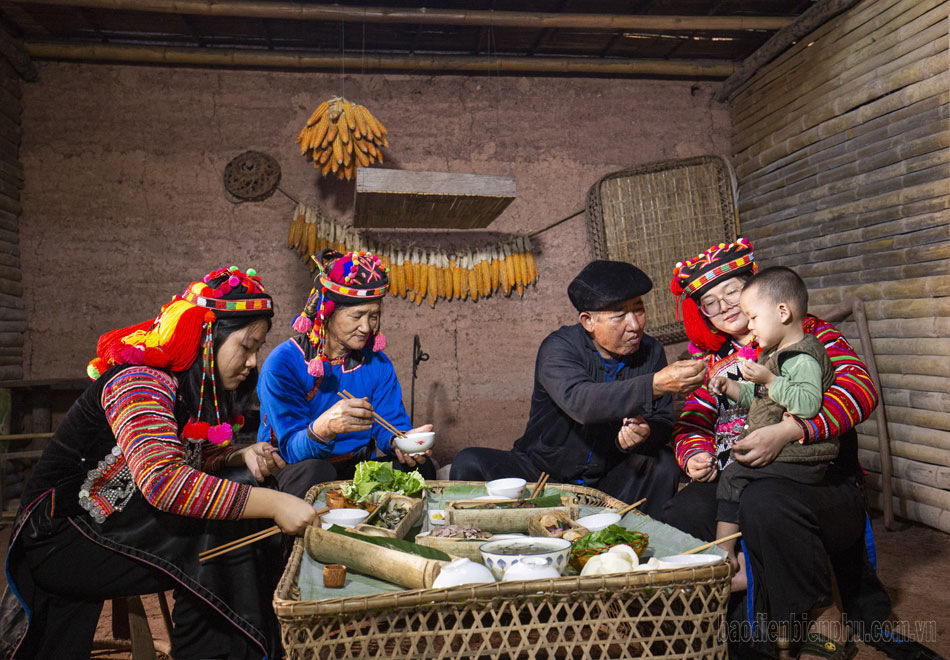
The Hà Nhì people in Điện Biên Province celebrate Khù Sự Chà, the New Year Festival, on the first Dragon Day of December.
Preparation for Khù Sự Chà begins the day before, with family members preparing chickens, sticky rice, pork, and tidying up their homes and village.
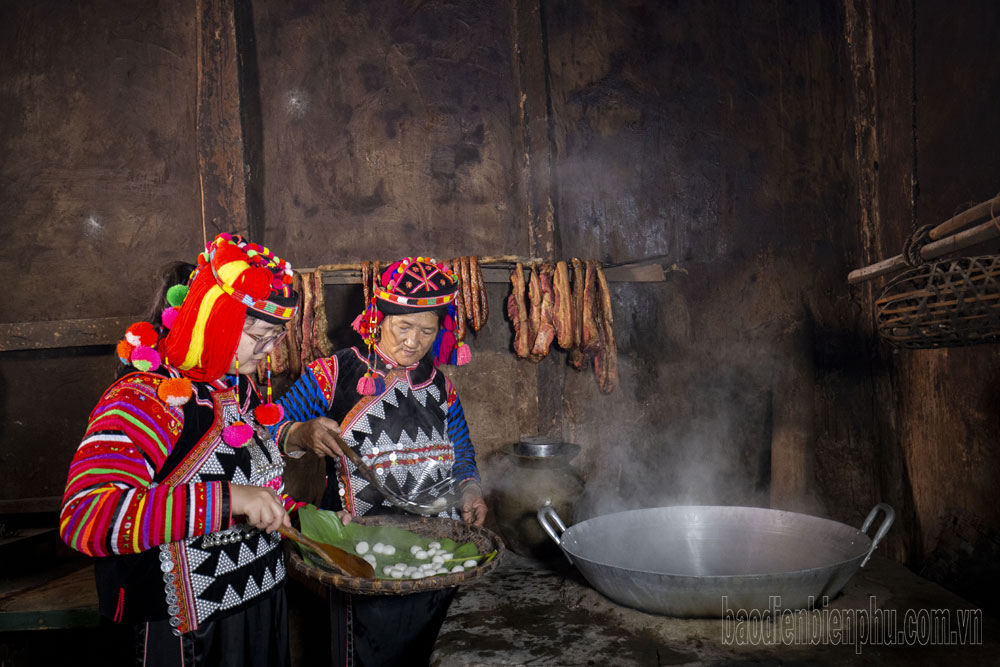
Hà Nhì women prepare traditional floating rice dumplings, an essential offering for the New Year ceremony.
The first day of the festival starts from the first moment of Dragon Day. Roles are clearly divided among family members: men slaughter pigs and prepare offerings, while women make traditional floating rice dumplings and arrange offerings for the New Year’s ceremony. After the offering rituals, the household head inspects the pig's liver and gallbladder to predict good or bad omens for the year.
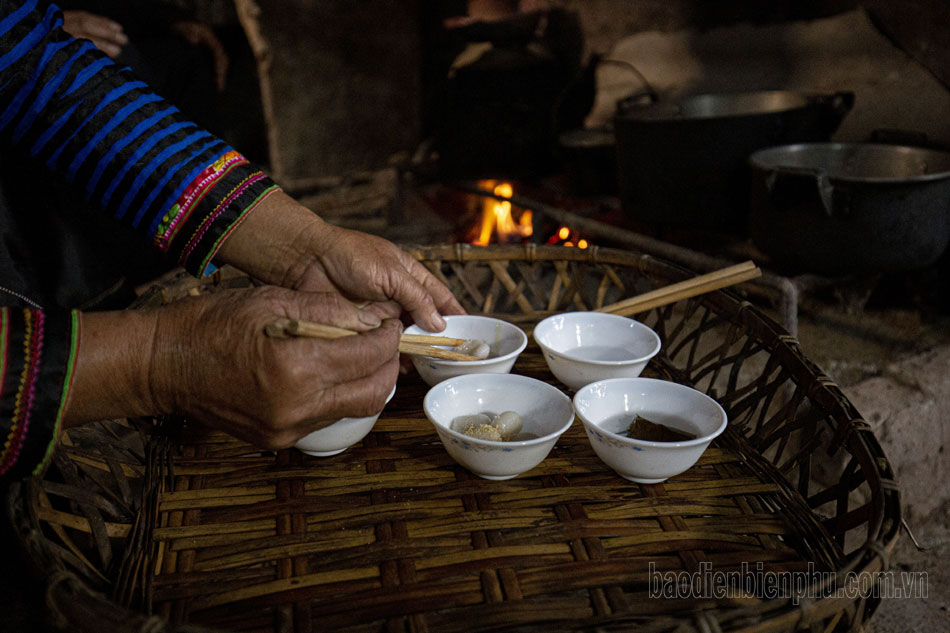
The outdoor offering tray is arranged with traditional floating rice dumplings garnished with sesame and honey to invite ancestors and deities to join in the celebration.
Pờ Mì Sư, a resident of A Pa Chải village, Sín Thầu commune, explained that for the Hà Nhì people, the New Year’s offering rituals are performed by the household head, regardless of gender. The key offering is floating rice dumplings — small, white, sweet dumplings symbolising completeness, abundance, and prosperity in the coming year.

The homeowner conducts the New Year ritual.
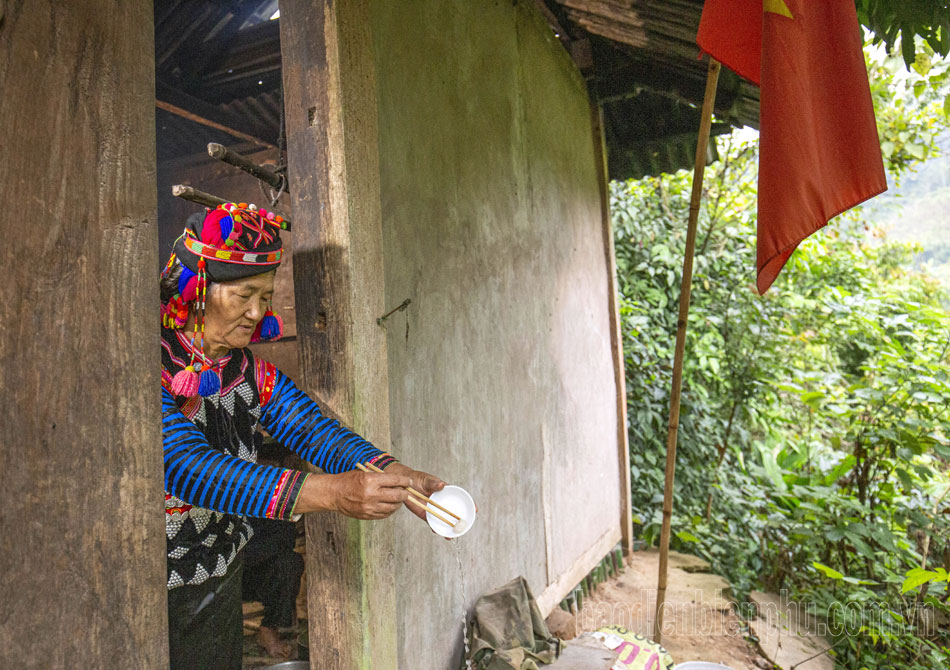
A small portion of the offerings is distributed to appease wandering spirits and ensure they are fed during the New Year holiday.
The New Year offerings are divided into two trays. One is placed at the head of the bed in the homeowner’s bedroom, and the other is arranged in the main living area.
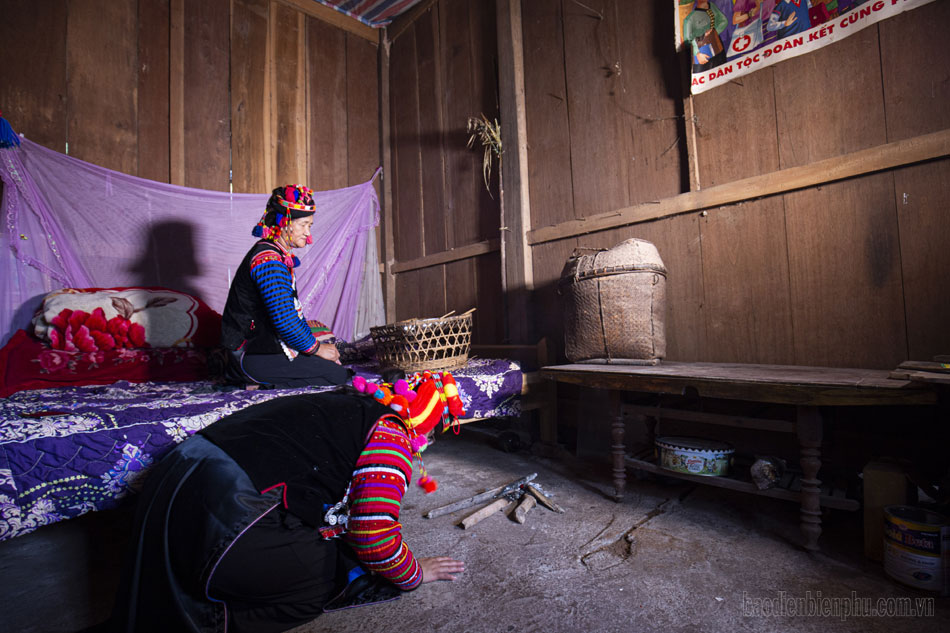
The Hà Nhì altar is located at the head of the homeowner’s bed.
For the tray in the main area, the head of the household invites ancestors and deities to join the family in celebrating the New Year. A small portion of the offerings is then distributed around the house to appease wandering spirits and hungry ghosts, ensuring they are fed during Tết.
After the ritual, the liver and gallbladder of the newly slaughtered pig are used to predict omens for the New Year. The size, shape, and color of these organs are believed to indicate good or bad fortunes.
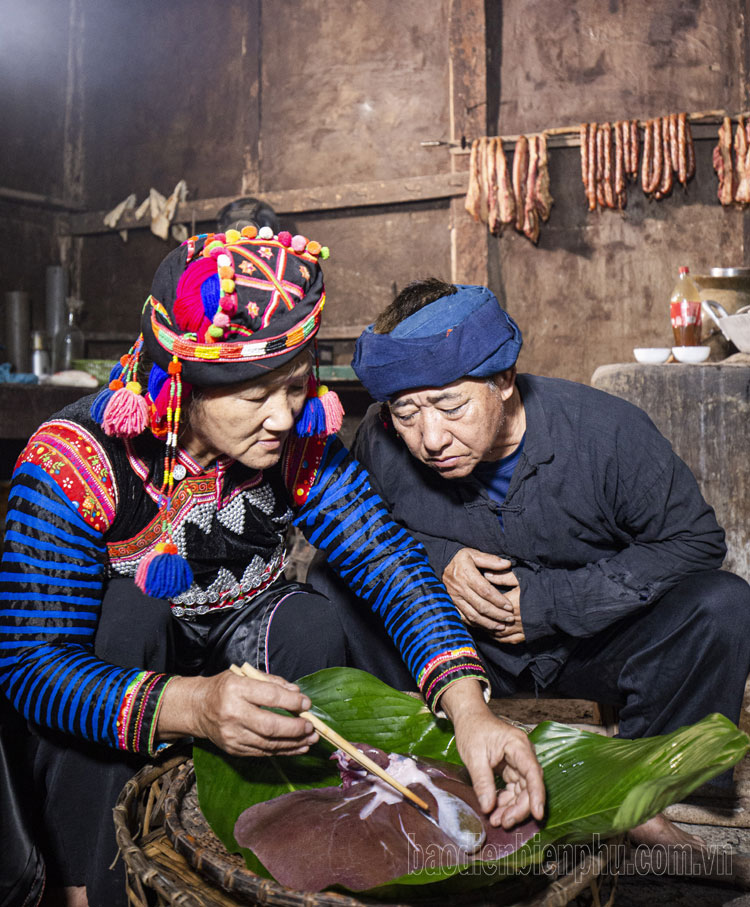
The Hà Nhì custom of inspecting a pig’s liver and gallbladder determines omens for the New Year.
Following the initial rituals, an additional offering tray is prepared and moved to the bedroom area. Lỳ Xuyến Phù of A Pa Chải Village noted that during wartime and frequent displacements, many Hà Nhì customs evolved for practicality. Unlike other ethnic groups, the Hà Nhì altar is small and portable, consisting of a bamboo tube with a few branches or small trees tied to it, placed at the head of the homeowner's bed.
This design allows it to be easily dismantled and carried when relocating — a practice rooted in their history and linked to the development of their villages in Việt Nam’s westernmost region, he said.
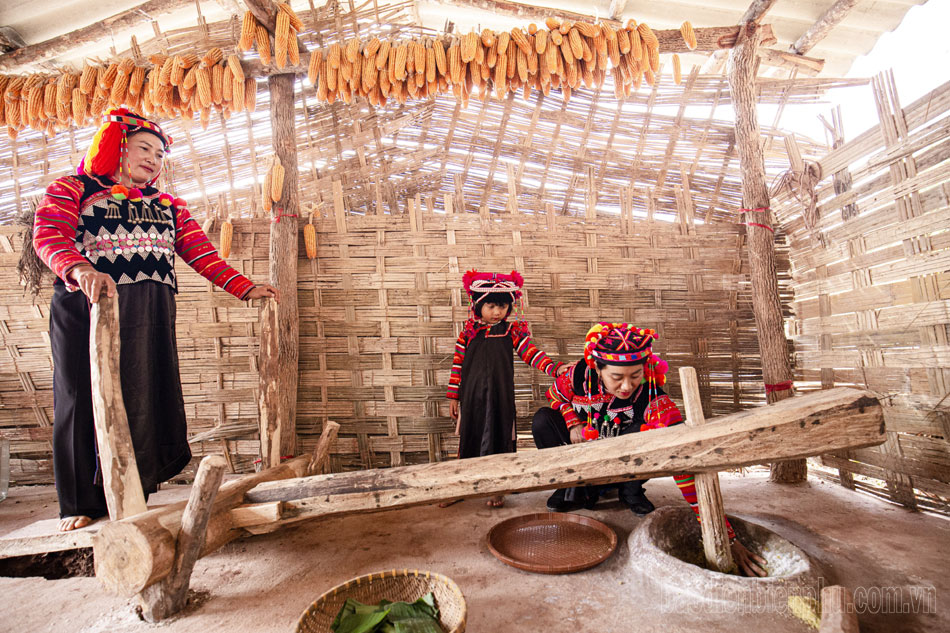
Hà Nhì women pound rice cakes during New Year Festival.
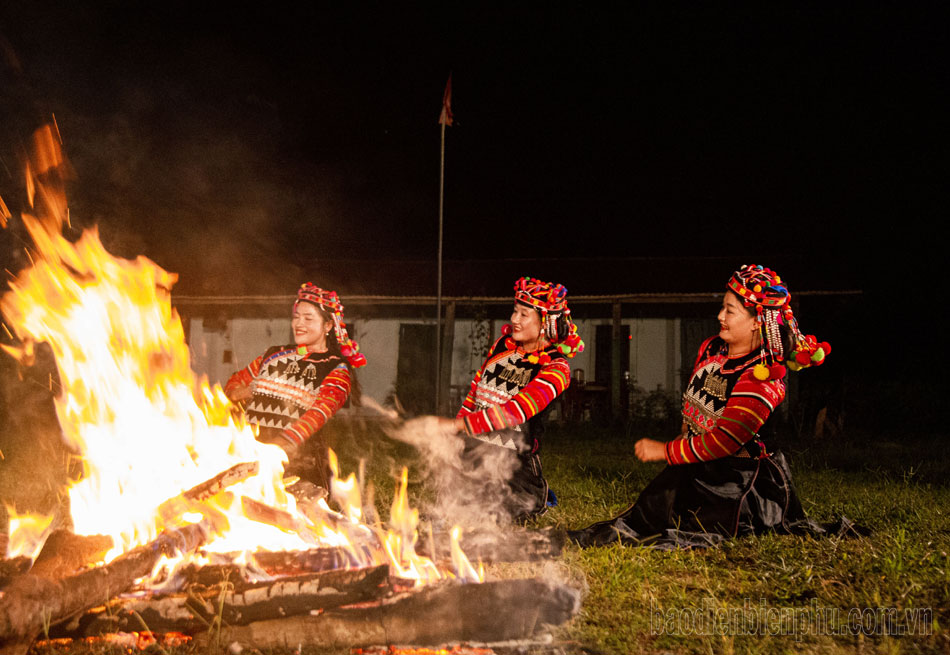
Hà Nhì people sing, dance, and play games during the New Year celebrations.
After completing the rituals, the Hà Nhì people enjoy the festive activities of Tết, which typically last about three days.
Tết is a communal celebration for the entire village. Community members visit each other’s homes to share meals and exchange New Year’s greetings. Smoke rises continuously from kitchen fires across the village, and the joyous sounds of New Year celebrations fill every home and street, marking the start of a prosperous new year and harvest.




.jpg)
.jpg)
.jpg)
.jpg)
.jpg)


.jpg)
.jpg)

.jpg)
.jpg)
.jpg)

.jpg)
.jpg)

You have 500/500 characters left
Please enter 5 or more characters!!!